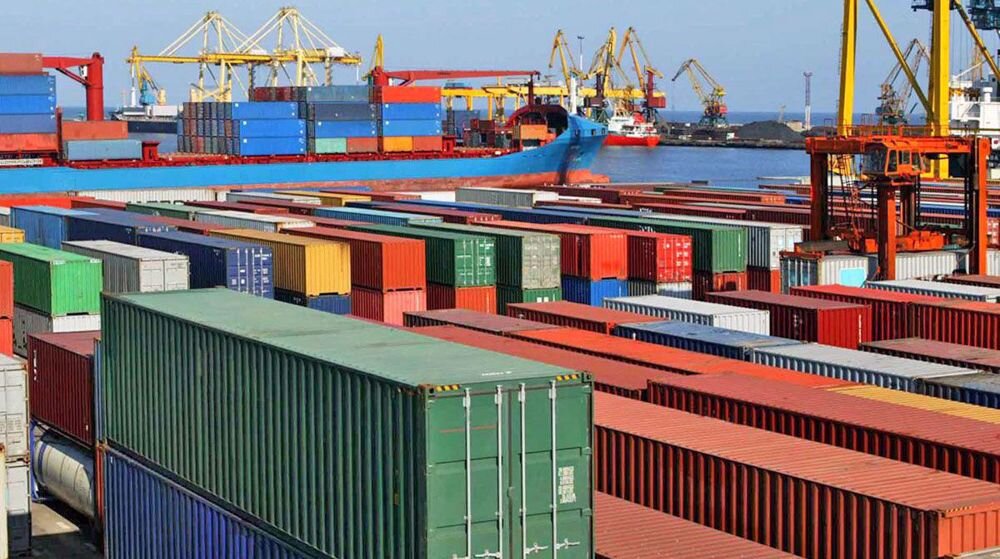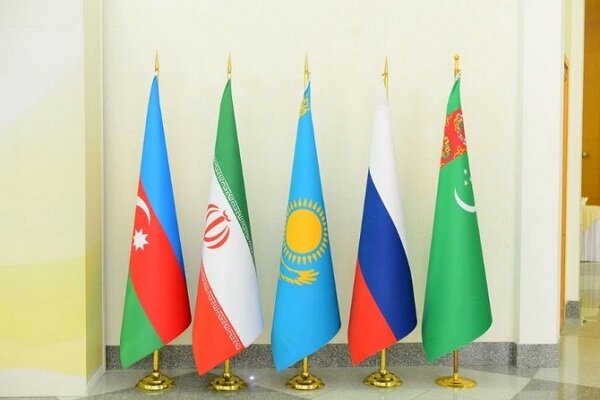Iran Faces $14.6 Billion Trade Deficit in 2024: Economic Challenges Ahead
Recent statistics from the Iranian Customs Administration (IRICA) reveal significant growth in Iran’s trade activities, showcasing the country’s export and import trends for the calendar year ending in March. These figures highlight a robust export performance, particularly in key commodities.
According to the IRICA data released on Sunday, Iran achieved remarkable milestones in both exports and imports during the past calendar year:
- Export Volume and Value: Iran exported approximately 152 million metric tons (mt) of goods, generating $57.8 billion in revenue. This marks a notable increase of 10% in volume and 15.62% in value compared to the previous year.
- Import Statistics: The country saw imports totaling 39.3 million mt valued at $72.4 billion, reflecting a slight decrease of 0.77% in volume but an increase of 8.22% in value.
The main export commodities for Iran during this period included:
- Natural gas
- Liquefied propane
- Liquefied butane
- Methanol
China emerged as the dominant market for Iranian exports, with purchases amounting to $14.8 billion. Other significant buyers included:
- Iraq: $11.9 billion
- United Arab Emirates (UAE): $7.2 billion
- Turkey: $6.8 billion
- Pakistan: $2.4 billion
- Afghanistan: $2.4 billion
On the import side, the customs office reported that Iran’s major imports in the year leading up to March included:
- Gold: over $8 billion
- Animal feed
- Rice
- Cooking oil
- Mobile phones
The UAE, recognized as the primary re-exporting hub in the Persian Gulf, was the largest supplier of goods and commodities to Iran, accounting for $21.9 billion in exports. Other key suppliers included:
- China: $19.3 billion
- Turkey: $12.4 billion
These statistics underscore Iran’s strategic trade relationships and its position in the regional and global market. The growth in both export volume and value reflects the resilience of the Iranian economy and its capacity to enhance trade despite various challenges.
The IRICA’s latest figures indicate a positive trend in Iran’s trade dynamics, which could pave the way for further economic development and partnerships. As the country continues to navigate its trade routes and expand its market presence, stakeholders will be keenly observing these developments.
This data not only highlights the commodities that are driving Iran’s economy but also sheds light on the evolving landscape of international trade in the region. With major partners like China and the UAE, Iran is strategically positioned to leverage its resources and expand its trade network.
In summary, the recent IRICA report showcases a significant uptick in Iran’s export and import activities, marking a pivotal year for the nation. The trends identified in the data will likely influence future economic policies and trade agreements, offering insights into the potential for growth within various sectors.
As Iran continues to strengthen its trade relationships and diversify its export offerings, the country is set to play a more influential role in the global market. Observers and analysts alike will be watching closely as these developments unfold in the coming years.






